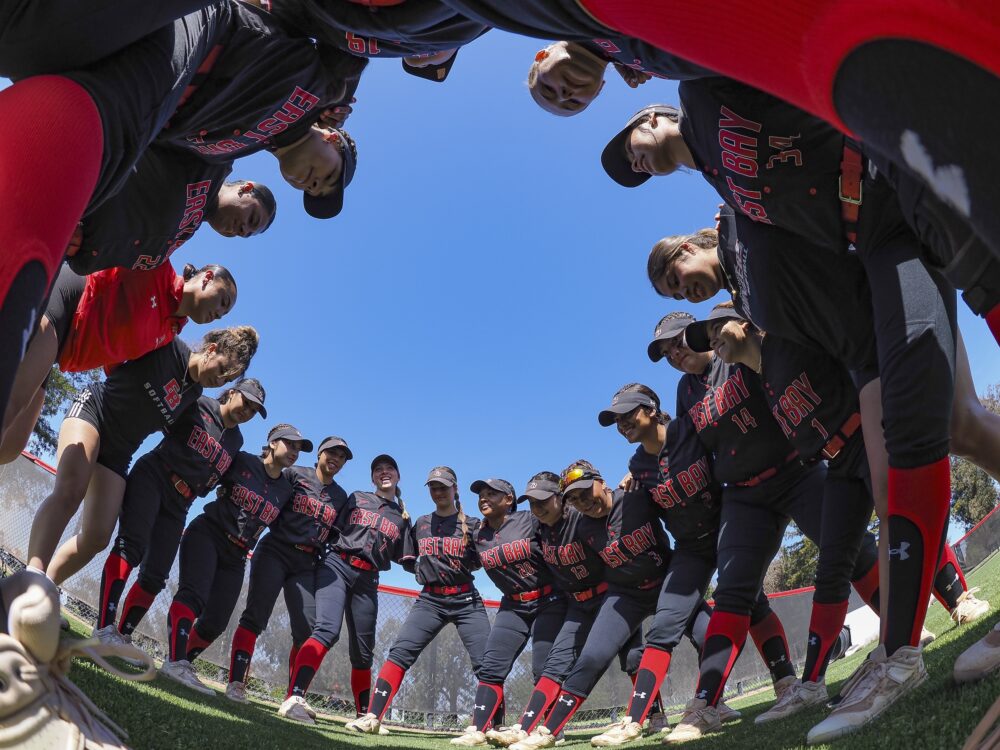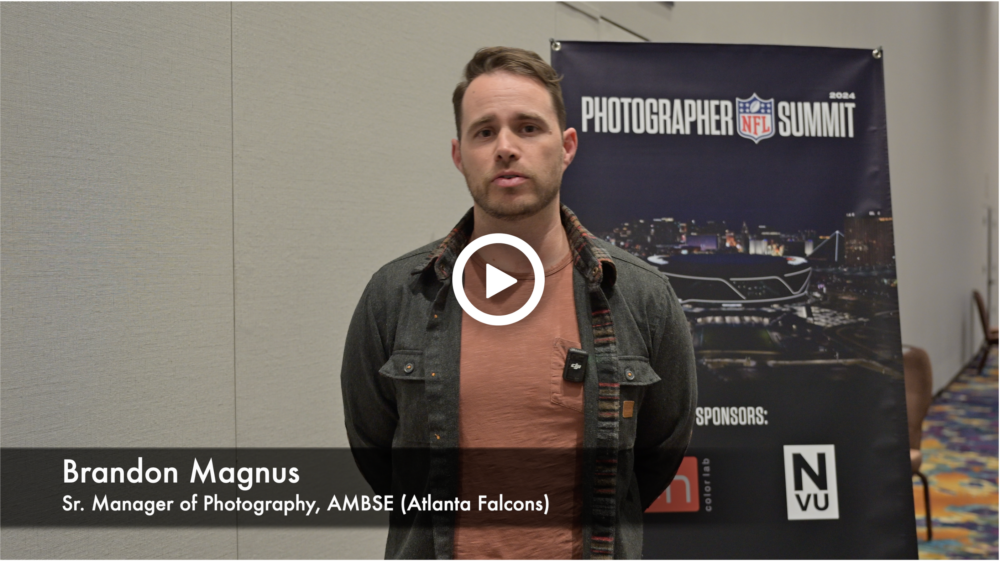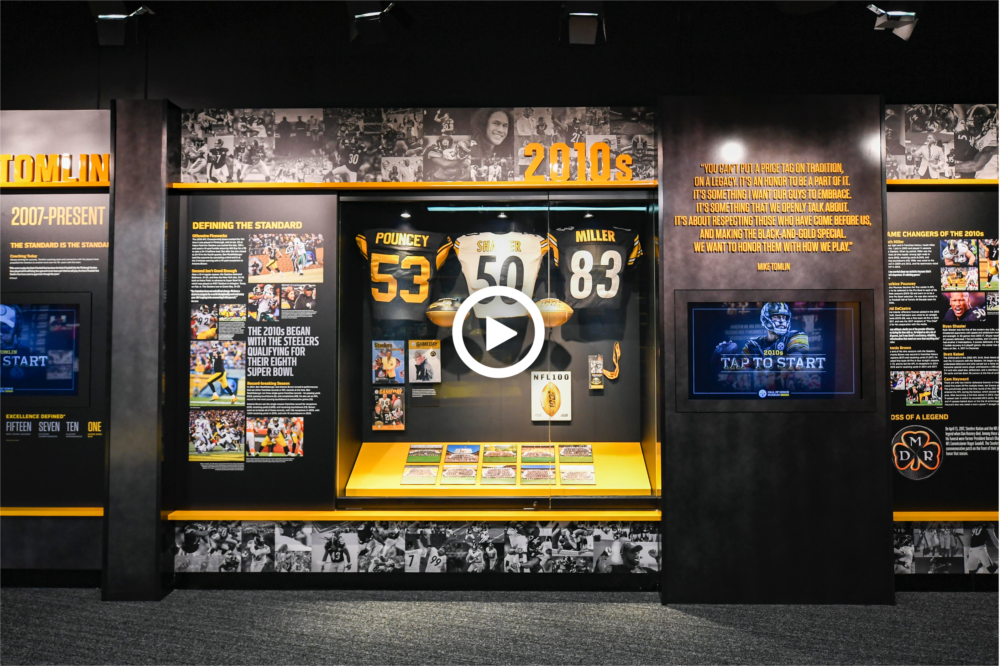Share
A Step by Step Look at the Colorado Rockies Real-Time Social Media Workflow
The Rockies capture and share cutting-edge content in real time with PhotoShelter.

Colorado Rockies #27 Trevor Story steps up to the plate. He swings, and hits it out of the park! He rounds the bases, circles home and high fives his teammates.Meanwhile, team photographer Matt Dirksen captures every frame. As the team celebrates, he hits two buttons on his camera. In seconds, his pictures of Story’s home run are up on social media, getting hundreds of likes and retweets.“I’d say that’s one thing that sets us apart from other clubs is the quick access to our photos and sharing photos in real time,” says Julian Valentin, Assistant Director of Digital Media & Publications for the Rockies.
To an outsider, the team’s ability to post Matt’s high quality photos on social media in real time looks like magic. But with the right team members and the right tools, you can master a fast workflow and have a powerful impact on your fans.
Capturing the Rockies Story
The first step to a fast workflow is a tight relationship between your content producers and the people who publish that content on social media.
“The big thing is the relationship and the comfort level,” explains Julian. “Matt knows our voice and the images we tend to use, so we kind of compliment each other well.”
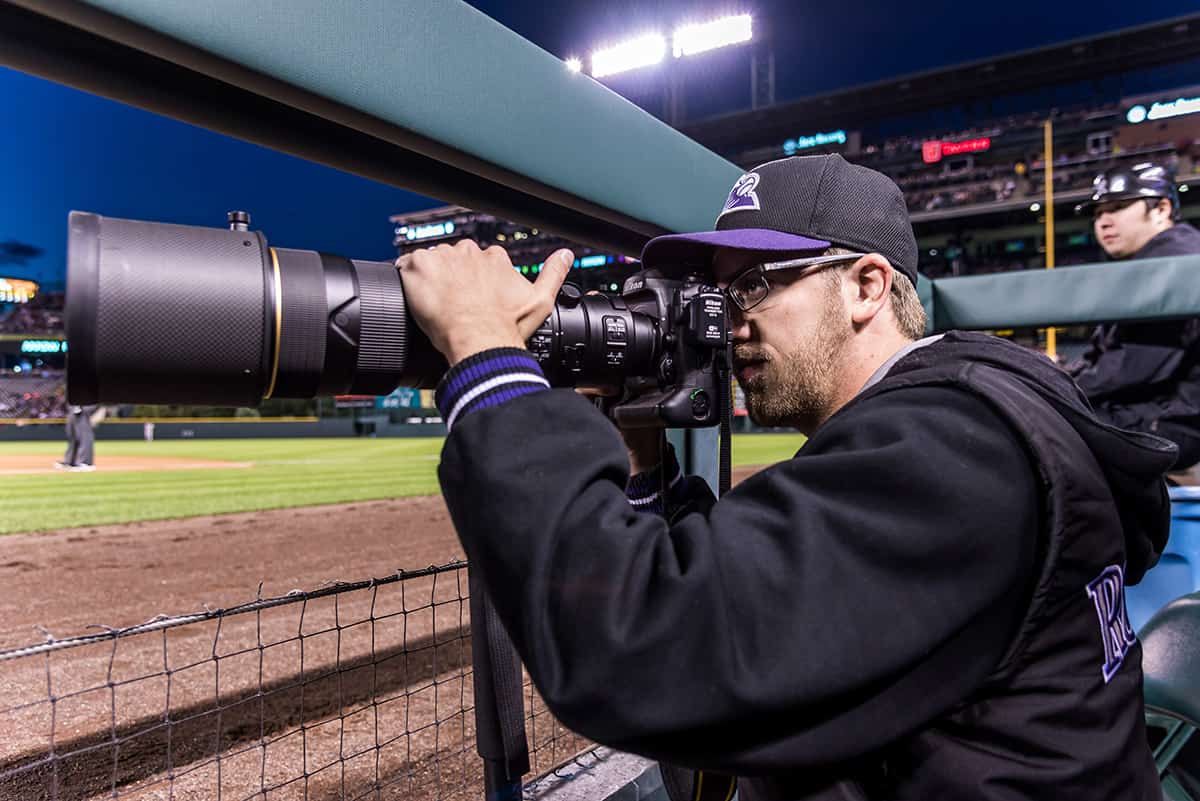
As the team photographer, Matt shoots the game from a different angle – a uniquely “Rockies” point of view.
“There’s a number of times that things happen that they don’t necessarily show on the TV broadcast,” explains Matt. “Those are the moments where I’ll send something off and say, ‘Hey, this is on its way, it might be something you’ll be interested in.’”
Julian says the key to their success is that everyone is on the same page about the story they want to tell.
“If you want to create good work effectively and quickly, there needs to be strong lines of communication and anticipation,” says Julian.

Quick Delivery with FTP
As soon as Matt captures a winning moment, he sends the photos to the team’s visual media library on PhotoShelter.
His Nikon D5 is set up with the FTP information from PhotoShelter and Nikon’s proprietary wifi adapter. Every stadium in the league has the same wifi protocol, so he can walk into any stadium and transmit photos without having to change any settings.
When he shoots a series of photos, he quickly reviews them and tags them for FTP.
“We can get a photo there in 5 seconds,” says Matt. “I’ll pick the best ones to fire off and our social media people will make the decision of what they want to use to tell the story.”
Before using this wireless FTP workflow, Matt would have pulled cards between innings, which was a slow process for sharing photos with his team members. Now, wireless FTP allows for quick delivery, and helps him cut steps out of his workflow.
“It saves me countless minutes throughout the game, I can just push two buttons and send the photos to them in seconds, wherever they are,” he explains, noting that this is especially helpful when he’s on the road.
Now that Matt doesn’t have to worry about delivery, he can focus on capturing every moment.
“We’re working in real time and stuff’s happening in the background for me,” he explains. “Once I tag stuff to go, I can get back to shooting.”
This pays off for the team both in the moment and over time.
“This workflow allows Matt to not miss any moments,” says Julian. “There are few things that he misses and there are few things that we don’t have.”
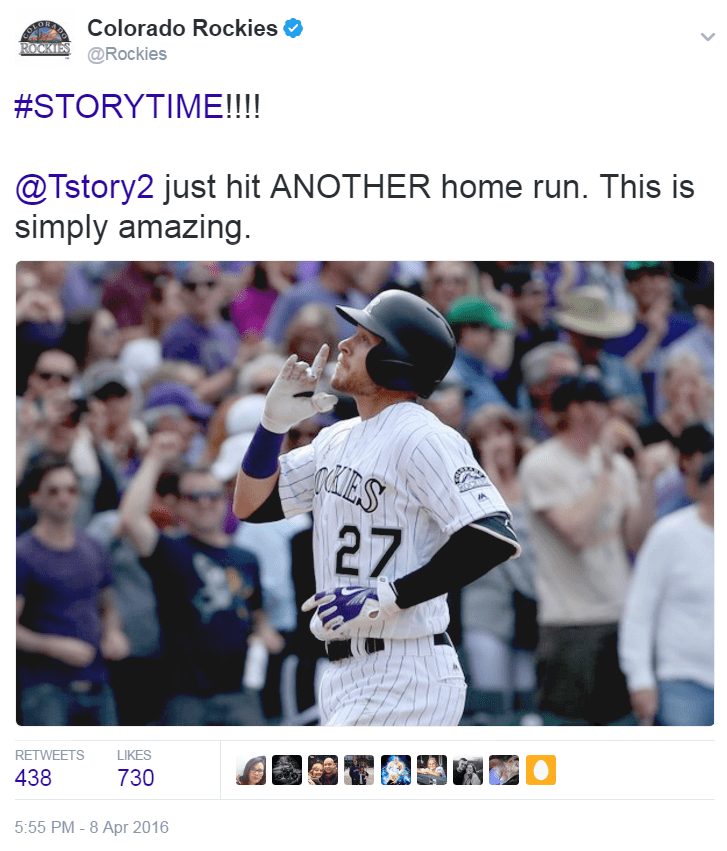
Easy Access in Seconds
As soon as Matt’s photos land in PhotoShelter, Julian and his team can choose the photos they like and push them out to social media.
“We use photos or images in every single tweet when we’re covering the game,” says Julian. “Being able to use the photos that actually just happened in seconds is a huge asset for us to be able to connect with our fans at a new level.”
Plus, Julian can access the photos from anywhere, on any device.
“The mobile access has been huge for us, covering the game from the stands,” he says. “We’re not bound to be sitting at our work stations.”
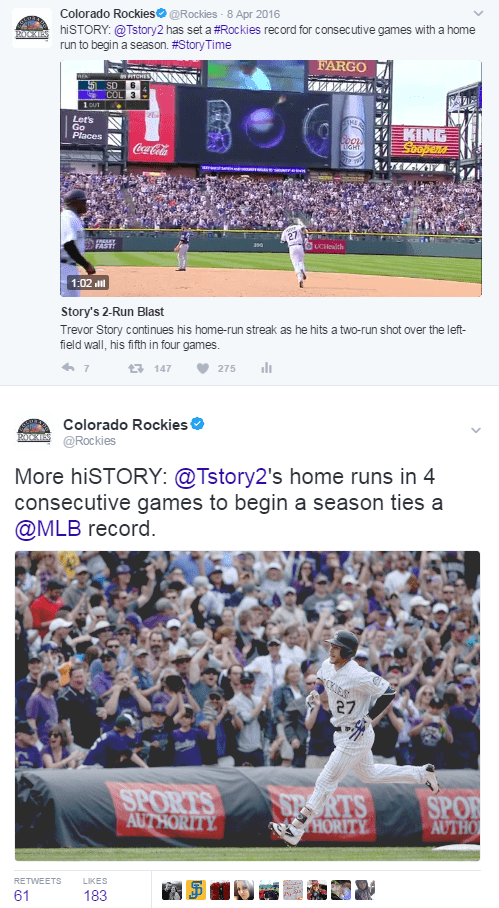
Engaging Fans with High Quality Visual Content
The fast workflow has changed the way the team covers the game. Now, their tweets are more authentic and engaging.
“There’s certain parts of a game where if we have a big home run, Julian will start with a GIF, and that gives me the time to photograph the moment and select what pictures I want to send to him, and he’ll follow that up with the moment in pictures,” explains Matt. “You could have two to three tweets within a minute.”
Julian says the ability to get Matt’s photos out quickly helps the team catch the attention of Rockies fans.
“It’s all storytelling. We have great content creators, an amazing photography team, and it’s my job to figure out how to package that to communicate with our fans,” says Julian. “Our workflow is a huge part of building our fan base and connecting with our fans.”
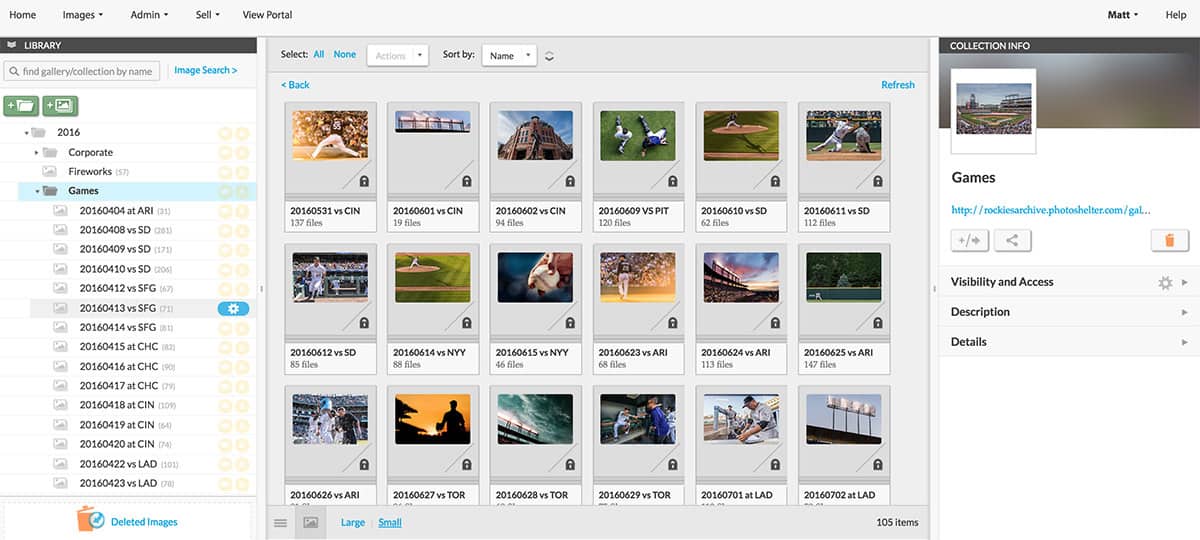
Archiving Rockies History
After he’s done shooting, Matt uploads the rest of his photos to PhotoShelter.
“All that stuff can go on to PhotoShelter right as the game has ended, and Julian can plan out the rest of the night and the next morning,” says Matt.
Within 24 hours, he uploads freshly edited, cropped and toned photos to create a polished gallery for the game.
“We use PhotoShelter for our team archive as well – everything that we have dating back to 1993 lives on there,” says Matt.
Before, the team used folders on a local system to store and organize their photos.
“As digital began to expand and imagery became more important than it had ever been, I started to run into problems trying to find photos,” says Julian.
Now, all of the team’s photos are tagged with relevant metadata and stored in the cloud. They can run a quick search to find any photo they need, whether it was taken in 2017 or 1993. Having an organized library saves the team hours of work.
“Everything we need is at our fingertips and that is a huge asset for us in the digital space,” says Julian. “It’s opened up our access to photos like we’ve never had before. It’s been a huge change in a positive way for our club.”

Innovating to Stay Ahead of the Curve
The Rockies are constantly innovating so they can keep their communications fresh and engaging.
“Matt’s always coming to my office with ideas,” says Julian. “Having somebody pushing the envelope is a huge help.”
And one of the ways the team is pushing the envelope is with their real-time workflow.
“I think there’s a number of teams across the league who are going to cloud-based platforms, but I don’t think that they all use it to its biggest capabilities,” says Matt. “I think the FTP part is the secret to unlocking PhotoShelter to its full capacity.”
In an ever-changing media landscape, the right mindset and the right tools help the Rockies set themselves apart from other teams.
“Social media platforms change daily, it’s extremely hard for us to keep up,” says Julian. “Baseball is such a routine-based game, and creating content that is cutting-edge is difficult. It takes creativity.”
Cover photo by Matt Dirksen.
